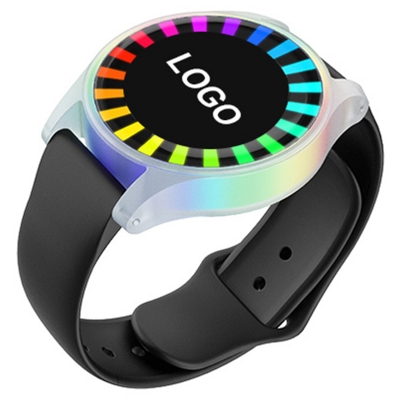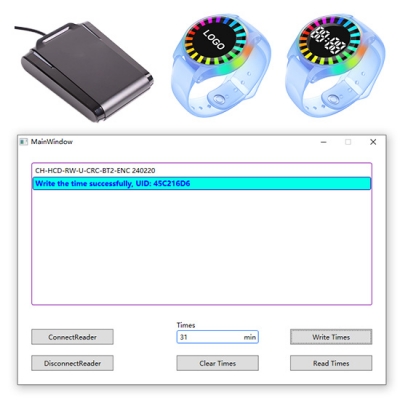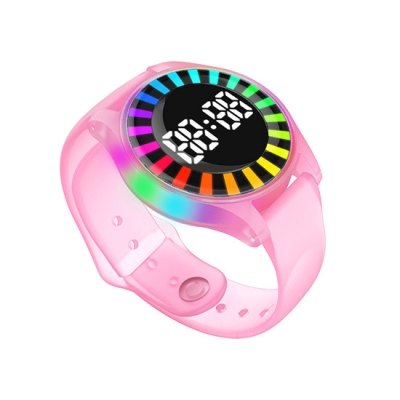The hotel's intelligent service is a goal pursued by high-grade hotels. It can provide guests with special services, giving guests a special feeling and impressing guests. It can also establish a unique brand of the hotel. Therefore, many high-grade hotels are carefully designed on the intelligent service. The intelligent hotel system based on RFID has enhanced the intelligent service and management level for high-grade hotels, enriched the service content, and laid a solid foundation for providing other special services for guests.
2, the overall demand
The system shall identify the personnel card, hotel room card, banquet/meeting card of all VIP customers, and provide corresponding services to customers according to the identification information;
Send a welcome message to the VIP customer, prompting the hotel service staff to provide the welcome service;
After entering the check-in floor, the LCD screen display and the door light flashing display will automatically guide the guests to the corresponding room;
Realize the automatic check-in, statistics and banquet self-checking seating position of the meeting;
The system requires high reliability and stable and reliable operation;
The system should be very scalable and provide interfaces to other existing and new systems in the hotel.
3, the basic functions of the system
3.1 Equipment Management
In the hotel VIP customer service system, the RFID tag is used to identify the current location of the customer, and the other application system is provided with a trigger signal to correlate the relevant information of the customer. The normal operation of RFID equipment is a prerequisite for the automatic operation of other systems. The operation status and failure of RFID equipment require the attention of hotel management personnel. In the system software, the RFID device management module displays the operating status of the RFID device in a friendly and clear manner through a professional HMI interface. When the device malfunctions or runs abnormally, the system software will issue an alarm at the first time to notify the hotel management. The personnel timely confirm and eliminate the faults to ensure the safe and stable operation of the entire hotel service system.
3.2 Data collection
The system realizes the information exchange and management with the RFID hardware through design and development of the communication interface with the RFID system, and completes the information exchange with the upper application system.
4. Introduction to RFID technology
RFID is the abbreviation of Radio Frequency IdentificaTIon, which is a non-contact automatic identification technology. Its basic principle is to realize the automatic identification of the recognized object by using the radio frequency signal and the spatial coupling transmission characteristic.
The most basic RFID systems generally consist of electronic tags, readers and antennas. In practical applications, an electronic tag is attached to an identified object with pre-agreed data. The reader can read and recognize the electronic data stored in the electronic tag without contact, thereby achieving the purpose of automatically recognizing the object. The reader sends out a certain frequency of the radio frequency signal through the antenna. When the electronic tag label enters the magnetic field, it generates an induced current to obtain energy, and sends out the information such as its own code, which is read and decoded by the reader and sent to the host computer for related processing. .
The advantage of RFID technology is that it is not limited to the line of sight, the recognition distance is far, the electronic tag has read and writeability, can carry a large amount of data, and has the characteristics of being difficult to forge and high intelligence.
RFID technology has the following advantages:
Non-contact identification, so no manual intervention is required to complete the identification work, which can realize automatic identification and is not easy to damage;
The recognition distance can be close to, far less than 1cm, and up to hundreds of meters, which can adapt to the needs of various applications;
The electronic label has various packaging forms and packaging materials, and can be applied to various harsh environments, has strong anti-pollution ability and long service life;
Small in size and diverse in shape;
It can recognize moving objects and has good anti-collision performance, which can identify multiple electronic tags at the same time;
The electronically encoded information carried by the electronic tag is a globally unique code, making its content unforgeable and changeable, and the data security is good.
Visible and non-line-of-sight identifiable, capable of penetrating non-metallic or non-transparent materials such as paper, wood, plastic, glass, etc., and capable of penetrating communication without the need for accurate alignment identification and identification Labels outside the visible range.














